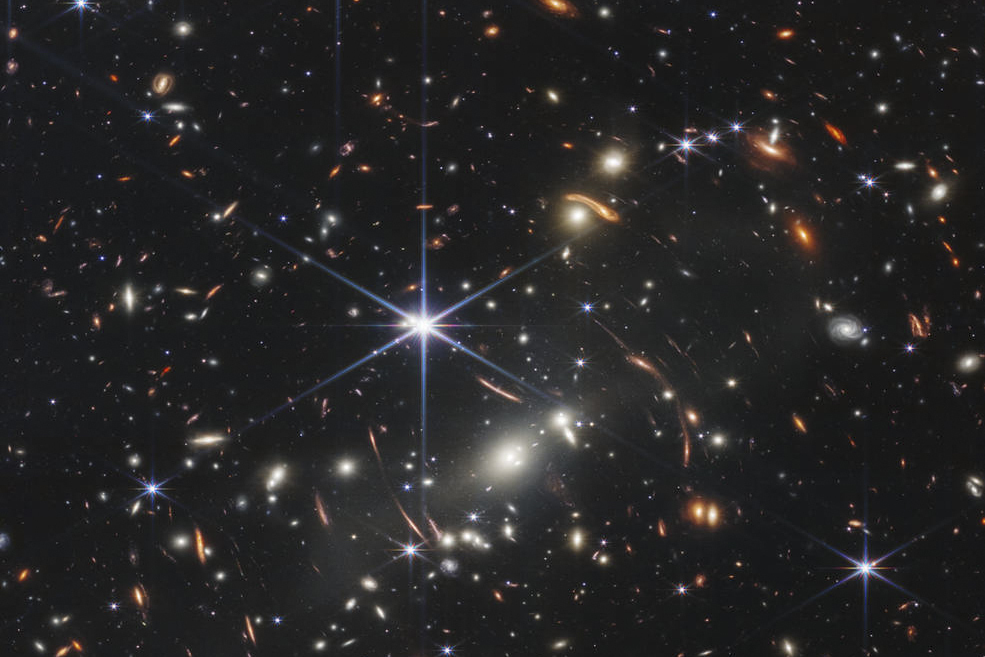
Space telescope detects carbon dioxide on an exoplanet

Researchers behind the James Webb Space Telescope have detected CO2 in the atmosphere of WASP-39b, a planet located outside the solar system.
This is the first time that carbon dioxide has been clearly detected on a planet outside the solar system. Researchers from the University of Geneva, the University of Bern and the Swiss National Centre of Competence in Research (NCCR) PlanetS participated in this discovery.
The space telescope was able to detect light from the exoplanet’s star as it passed through its atmosphere. This filtered light gives out certain colours depending on the gases in the planet’s atmosphere.
Using the near-infrared spectrograph (NIRSpec) of the James-Webb telescope, the research team was able to detect the ‘fingerprint’ of carbon dioxide in the light passing through the atmosphere of WASP-39b.
“As soon as we saw the data, it was clear that we were dealing with a spectacular discovery,” said Dominique Petit dit de la Roche, a researcher at the University of Geneva and co-author of the study.
These results will be published soon in the journal Nature.
Launched at the end of 2021 by NASA, with the collaboration of the European Space Agency (ESA) and the Canadian Space Agency (CSA), the James Webb Space Telescope is the biggest and most powerful telescope ever sent into space.
While the Hubble telescope captured images in the spectrum visible to the human eye, the Webb can see further in both space and time – largely thanks to the Mid-Infrared Instrument (MIRI), one of four scientific instruments on board. MIRI, developed with the help of Swiss researchers, can peer into the wavelength range from 5 to 28 microns – a mid-infrared range under-researched to date, and within which it’s hoped can be spotted galaxies at the edge of the universe.

In compliance with the JTI standards
More: SWI swissinfo.ch certified by the Journalism Trust Initiative





























You can find an overview of ongoing debates with our journalists here . Please join us!
If you want to start a conversation about a topic raised in this article or want to report factual errors, email us at english@swissinfo.ch.